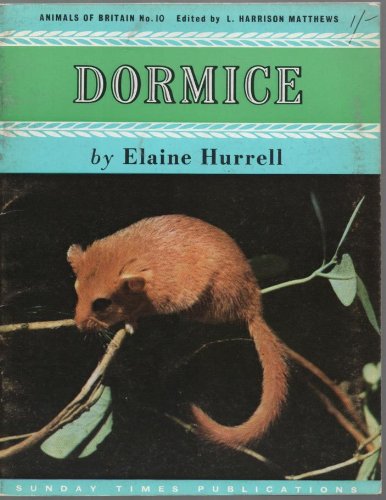But there may still be some incidental wildlife interest. Walking past Boots, have a look up at the isolated street tree in its metal bench / cage to see a burgeoning clump of mistletoe growing out near the upper branches. It has survived here for at least the last two years; by Sunday it had produced at least one pale white berry.
From this spot, at dusk onwards can be seen and heard another especially urban wildlife spectacle: the mass roosting of pied wagtails among the street tree canopies. Flocks gather in the limes and planes at both the Sidwell / Paris St and Fore St / South St ends of Exeter high street. The chattering chorus, echoed and amplified by the surrounding tall buildings, in that slightly otherworldly pellucid rosy light of a winter sunset, offers an atmospheric moment among the evening rush hour clamour.
UPDATE
Local ecologist Howard Colmer took this footage of the Exeter pied wagtail roost in mid-January 2016, viewable at https://vimeo.com/152186471. Thanks to Howard for sending the link
(c) Howard Colmer https://www.facebook.com/colmerecology/ see 18 Jan posting.
Pied wagtails are insectivorous and so far as we are aware, these ones forage during the day around the horse paddocks by the Alphin Brook on the south western edge of the city. Built-up areas act as heat islands at night and the few extra degrees of warmth are thought to be why the wagtails gather together in the city centre. Maybe a few winter insects could be around too. For some more information about urban pied wagtails and to hear a recording of their call, click here and here. The phenomenon has been known since at least 1969, from a paper in Bird Study journal. Mark Cocker and Richard Mabey's Birds Britannica describes possibly the longest continuously active pied wagtail city roost, in Dublin, originating 1929.
The pied wagtails wouldn't be interested in the mistletoe berry outside Boots, but some interesting behaviour might be witnessed among birds which are. Just about any berry-bearing rowan and holly could have a thrush perched on top, doggedly (birdily?) defending this resource from other thrushes, blackbirds, and robins. The stand-offs are absorbing to watch.
The subject was studied in depth by Barbara and David Snow in their book Birds and Berries, illustrated by the late John Busby. Notably, each of our native berrying evergreens, yew, ivy, holly and mistletoe, have long fruiting seasons through the winter months, when little else is available, with mistletoe berries sometimes persisting to the following June. Mistletoe is obviously associated with the mistle thrush, though robins and blackcaps will readily take the berries, if they get a chance. The fruits, being quite small, are apparently adapted to cater for a wider range of generalist birds, of different bill sizes. The single seed is wiped off into nooks and crannies on the host tree bark as birds devour the sticky berries (in contrast blue tits may later feed on the seeds deposited in this way). This is said to account for the aggregating of mistletoe clumps on the same individual host trees. Alternatively, mistletoe seeds dispersed by mistle thrushes are defaecated out more randomly as the bird moves from perch to perch: hence any individual mistletoe plants high in the upper canopy of trees were probably put there by a perching, pooping thrush.
In the UK is the one single native mistletoe species Viscum album, at the northerly extent of its range; it becomes rare as one goes further north (when I was working in Derbyshire there were only 8-9 known locations in the county). It is particularly associated with apple and lime trees, also occasionally poplars, ash and hawthorn. In Exeter it is very evident in the limes alongside Hoopern Valley, by Belvidere Road and Prince of Wales Rd, near the University. In Riverside Valley Park, one can see it silhouetted against the poplar trees by St James leat.
 |
| Riverside Valley Park: one prepared earlier, probably thrush-pooped on a poplar |
Jonathan Briggs has been studying the ecology of mistletoe over many years. His 'Mistletoe matters' webage, and some other links, are below.
Mistletoe Matters www.mistletoe.org.uk/mmatters/
Mistletoe Directory UK www.mistletoe.org.uk/
Kew Gardens www.kew.org/science-conservation/plants-fungi/viscum-album-mistletoe
Finally I turn to Mrs Grieve's celebrated A Modern Herbal for the cultural background: mistletoe's uncanny unseasonal greenness was carried round by druids' young attendants to announce the New Year. In Scandinavian myth, Baldur the god of peace was slain with a mistletoe arrow; the other gods and goddesses appealed for him to be restored to life, after which the plant became a symbol of love instead of hatred, and everyone passing beneath it should receive a kiss.
See you outside Boots.



